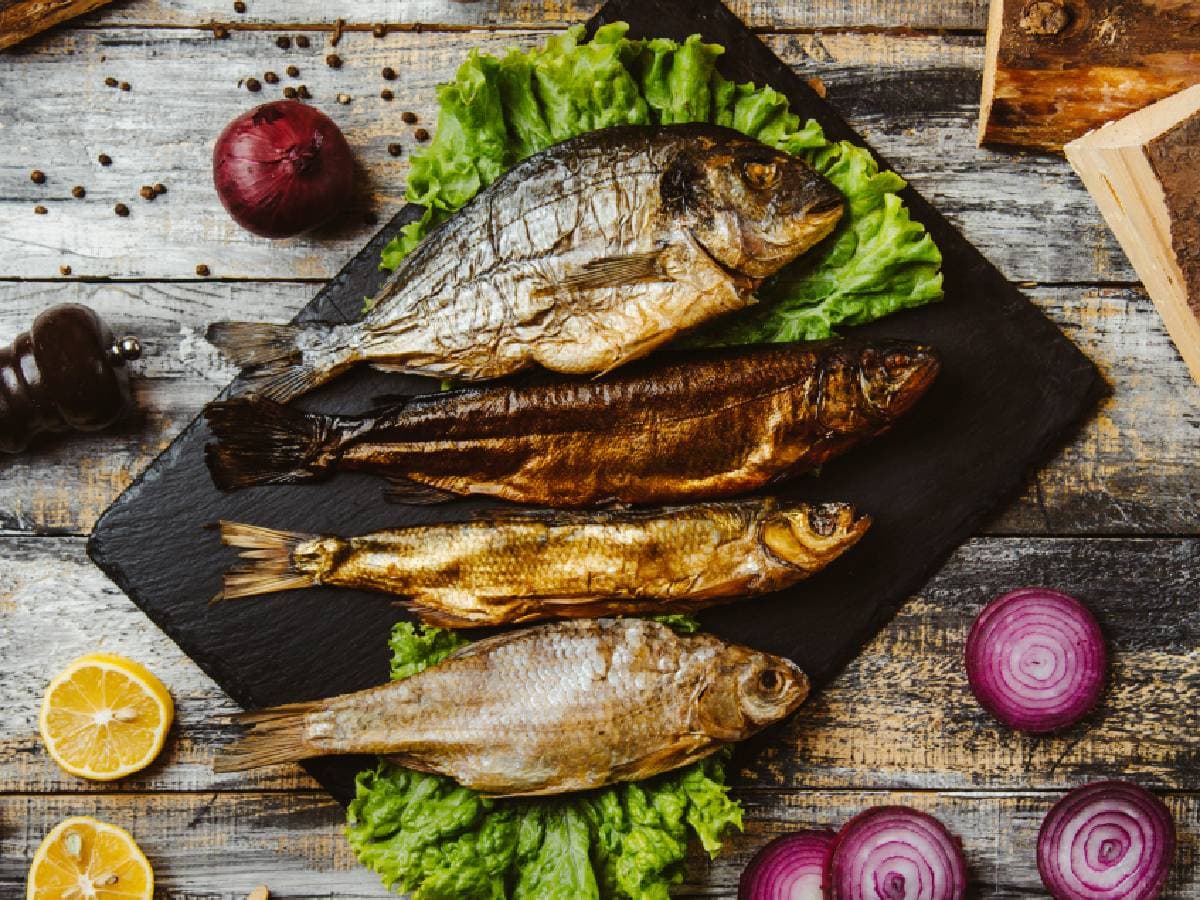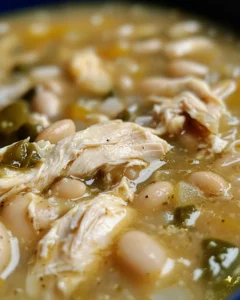In the realm of culinary arts, the tradition of smoking fish weaves a rich tapestry of history, culture, and flavor that spans across the globe. From the smoky depths of Scandinavian lox to the robust essence of African kilishi, smoked fish embodies a universal delicacy that transcends geographical boundaries.


This article embarks on a comprehensive journey to unravel the secrets behind smoked fish, delving into its preparation, the intricate smoking process, and the myriad of ways it can be savored. Along the way, we’ll explore the health and safety considerations, the equipment and techniques employed, and the global variations that highlight the culinary diversity of smoked fish. Whether you’re a seasoned chef or a curious food enthusiast, this exploration offers a deep dive into the art and science of smoking fish, promising to enrich your culinary repertoire and tantalize your taste buds.
Part 1: Introduction to Smoked Fish
Overview of Smoked Fish
Smoked fish stands as a testament to the ingenuity of ancient preservation methods, where the melding of smoke and seafood created not just a means to extend the shelf life of fish but also to enhance its flavor and texture. This culinary practice, deeply rooted in tradition, has evolved over centuries, yet remains fundamentally unchanged in its essence. The process involves curing fish by exposing it to smoke from burning or smoldering materials, usually wood. This method does more than just cook the fish; it imparts a distinctive smoky flavor that has become a cherished taste in many cultures around the world.
The popularity of smoked fish is not confined to any single region. In Europe, it graces breakfast tables in the form of smoked salmon and kippers. In Africa, it is a vital ingredient in traditional dishes, adding depth and richness to stews and sauces. The Far East, too, has its unique interpretations, where smoked fish is enjoyed as a delicacy, often served during special occasions and festivities.
Popularity Across Different Cultures
The universal appeal of smoked fish lies in its versatility and the unique flavor profile it brings to various culinary creations. Each culture has developed its own methods and preferences for smoking fish, influenced by local ingredients, climate, and taste preferences. For instance, the choice of wood for smoking can vary significantly from one region to another, each imparting a different aroma and flavor to the fish.
In Scandinavia, the cold smoking technique is favored, producing the famed smoked salmon that is soft, delicate, and infused with a subtle smokiness. Meanwhile, in parts of Africa, hot smoking prevails, resulting in a firmer texture and a more pronounced smoky flavor. This diversity not only highlights the adaptability of smoked fish as a food item but also its role in cultural identity and culinary heritage.
The journey through the world of smoked fish is a voyage of discovery, one that reveals the complexity and richness of this age-old delicacy. As we delve deeper into the smoking process, the equipment used, and the health considerations, we uncover the layers of tradition, innovation, and passion that have made smoked fish a beloved staple across continents. Join us as we continue to explore the art and science behind smoking fish, a practice that has captivated the human palate for generations.
Part 2: The Smoking Process
Preparation of Fish for Smoking
The journey of creating smoked fish begins long before it reaches the smoker. The initial step, preparation, is crucial in determining the final quality and flavor of the smoked product. Selecting the right fish is paramount; fresh, high-quality fish with firm flesh and a clean smell is essential. Species such as salmon, trout, and mackerel are popular choices due to their high fat content, which helps absorb the smoky flavors more effectively.
Once the fish has been selected, it undergoes a thorough cleaning process. This involves removing scales, guts, and gills to prevent any off-flavors from developing during the smoking process. Filleting the fish might be necessary, especially for larger specimens, to ensure even smoking throughout.
Brining
Brining is the next critical step, serving a dual purpose: flavoring the fish and aiding in its preservation. The brine, a solution of water saturated with salt, sometimes enriched with spices and herbs, infuses the fish with flavor and draws out moisture, creating an environment less conducive to bacterial growth.
Recipes for brine solutions vary widely, with some opting for simple saltwater mixtures, while others incorporate sugar, garlic, or even citrus zest to add complexity to the flavor profile. The duration of the brining process can also affect the taste and texture of the final product, with longer brining times leading to saltier and firmer fish.
Drying Before Smoking
Drying is an often-overlooked but vital step in the smoking process. After brining, the fish is left to air-dry in a cool, well-ventilated area. This step allows the formation of a pellicle, a tacky surface layer that smoke adheres to more readily, ensuring the fish absorbs the smoky flavors efficiently.
The drying time can vary, but it is essential to ensure that the surface is adequately dry to the touch before smoking. This not only improves flavor absorption but also helps in achieving a more appealing texture in the smoked fish.
Types of Smoking
The actual smoking of the fish can be done through two primary methods: cold smoking and hot smoking. Cold smoking, performed at temperatures between 20°C to 30°C (68°F to 86°F), imparts a delicate smoky flavor without fully cooking the fish, resulting in a soft texture ideal for slices of smoked salmon and similar delicacies. This method requires precise temperature control and can take from several hours to days.
Hot smoking, on the other hand, involves higher temperatures, typically between 52°C to 80°C (125°F to 176°F), which fully cooks the fish while infusing it with a rich smoky flavor. The process is quicker than cold smoking, often completed in a few hours, and produces a firmer, flakier texture.
The choice of wood for smoking is another factor that significantly influences the flavor of the smoked fish. Woods like hickory, oak, and maple are commonly used, each contributing its unique aroma and taste. Experimenting with different woods can lead to discovering new flavor profiles, adding another layer of complexity to the art of smoking fish.
The smoking process, with its meticulous preparation and careful execution, transforms the humble fish into a gourmet delicacy. As we move forward, we’ll delve into the equipment and techniques that make this transformation possible, shedding light on the tools of the trade and the skills required to master the art of smoking fish.
Part 3: Equipment and Techniques
Smoking Equipment
The choice of equipment is pivotal in the smoking process, influencing not only the flavor and texture of the smoked fish but also the ease and efficiency of the smoking operation. The spectrum of smoking equipment ranges from traditional setups, like brick smokehouses and wooden barrels, to modern electric and gas smokers. Each type of smoker offers unique advantages and caters to different preferences and requirements.
Traditional smokers, often favored for their authentic flavor profiles, rely on direct fire from wood or charcoal to generate smoke. These setups, while requiring more hands-on attention to maintain consistent temperatures, are celebrated for their ability to impart a deeply ingrained smoky essence that is hard to replicate with modern equipment.
On the other hand, modern smokers offer convenience and precision. Electric and gas smokers maintain consistent temperatures with minimal effort, making them ideal for beginners or those seeking a more set-and-forget approach. Many modern units come with features like digital controls and automatic wood pellet feeders, simplifying the smoking process without significantly compromising on flavor.
Smoking Techniques
Mastering the technique of smoking fish involves more than just lighting a fire; it requires a nuanced understanding of temperature control, timing, and smoke management. Achieving the perfect balance between these elements is the key to producing smoked fish with optimal flavor and texture.
Temperature control is critical, especially in cold smoking, where the goal is to impart smoke flavor without cooking the fish. Maintaining a consistent, low temperature ensures that the fish remains in the desired state, requiring constant vigilance and adjustment of the smoker’s heat source.
Timing is another crucial factor. The duration of smoking can vary widely depending on the type of fish, the size of the pieces, and the desired end product. While some fish may only need a few hours in the smoker, others might benefit from a longer exposure to achieve a deeper flavor penetration.
Smoke management, the art of controlling the amount and quality of smoke, is essential for preventing an overly bitter taste. This involves selecting the right wood, ensuring it burns cleanly, and adjusting the smoker’s vents to regulate the smoke flow. The goal is to envelop the fish in a gentle stream of smoke that slowly builds up the flavor without overwhelming it.
The equipment and techniques used in smoking fish are as varied as the fish themselves, each contributing to the unique character of the final product. Whether employing a traditional smoker for its authentic charm or leveraging the precision of modern technology, the essence of smoking fish lies in the careful balance of art and science. As we continue to explore the nuances of this culinary tradition, we’ll delve into the health and safety considerations that ensure the enjoyment of smoked fish remains a wholesome pleasure.
Part 4: Health and Safety Considerations
Health Benefits and Risks
Smoked fish, while celebrated for its rich flavors and cultural significance, also brings a spectrum of health considerations to the table. On one hand, fish is a nutritious food source, rich in omega-3 fatty acids, protein, vitamins, and minerals, contributing to a healthy diet. The smoking process, however, introduces concerns regarding the formation of potentially harmful compounds, such as polycyclic aromatic hydrocarbons (PAHs), which can form when fat from the fish drips onto the heat source and creates smoke.
The balance between the health benefits of consuming fish and the risks associated with smoked varieties is a topic of ongoing research and debate. Moderation is key, as incorporating smoked fish into a balanced diet can offer nutritional benefits while minimizing potential risks. It’s also beneficial to opt for smoking methods and practices that reduce the formation of harmful compounds, such as using indirect heat and ensuring proper ventilation.
Safety Measures
Beyond the health implications, the safety of smoked fish also hinges on proper handling, preparation, and storage practices. To mitigate the risk of foodborne illnesses, it’s crucial to start with fresh, high-quality fish and maintain a clean working environment. During the smoking process, ensuring the fish reaches a safe internal temperature is essential for killing any harmful bacteria or parasites.
Storage plays a critical role in the safety of smoked fish. Properly cooled and stored in airtight containers, smoked fish can be kept in the refrigerator for up to two weeks and in the freezer for longer periods. This not only helps in preserving the quality and flavor of the fish but also in preventing the growth of bacteria.
The health and safety considerations surrounding smoked fish underscore the importance of informed preparation and consumption practices. By understanding and addressing these concerns, enthusiasts and culinary professionals alike can continue to enjoy smoked fish as a delicious and relatively healthy part of their diet.
As we venture further into the realm of smoked fish, our exploration will take us to the diverse global variations and culinary uses that showcase the versatility and universal appeal of this age-old delicacy. Through this journey, we gain not only a deeper appreciation for the art of smoking fish but also the knowledge to enjoy it responsibly and safely.
Part 5: Global Variations and Culinary Uses
Regional Smoking Methods
The art of smoking fish is as diverse as the cultures that cherish this culinary tradition. Each region of the world brings its unique twist to the process, influenced by local ingredients, climate, and historical practices. In Scandinavia, for example, cold smoking is prevalent, producing the renowned smoked salmon that’s savored across the globe. This method involves smoking the fish at low temperatures over extended periods, resulting in a delicate texture and subtle smoky flavor.
In contrast, Africa’s hot smoking techniques yield a product that’s richer in flavor and firmer in texture, often used to enhance the taste and nutritional value of local dishes. The choice of wood, ranging from hickory in North America to alder in Europe, further adds to the diversity of flavors in smoked fish, making it a versatile ingredient in various culinary traditions.
Culinary Applications
Smoked fish finds its way into an array of dishes, demonstrating its versatility in the culinary world. In traditional Scandinavian cuisine, smoked salmon is a staple, often served with dill, mustard, and bread as part of a hearty breakfast or elegant appetizer. In the UK, smoked haddock becomes the star of the classic kedgeree, a dish that beautifully blends the smoky flavors of the fish with spices, rice, and eggs.
Beyond these traditional uses, smoked fish can be a creative addition to salads, pasta, and even pizzas, offering a smoky depth to the flavors of the dish. Its ability to be served hot or cold also makes it a convenient option for a wide range of meals, from sophisticated dinner parties to casual brunches.
The global variations and culinary uses of smoked fish not only highlight its universal appeal but also its capacity to adapt to different tastes and dietary preferences. Whether incorporated into traditional dishes or used as a base for culinary experimentation, smoked fish remains a beloved ingredient around the world, celebrated for its rich flavors and nutritional benefits.
As we conclude our exploration of smoked fish, we’ll reflect on the future of this age-old practice, considering the trends and innovations that continue to shape its role in the culinary world. Through this journey, we’ve uncovered the complexities and delights of smoking fish, gaining insights into its preparation, health considerations, and the cultural significance that makes it a cherished delicacy across continents.
Part 6: FAQs (Based on “People Also Ask”)
Common Questions About Smoked Fish
The process of making smoked fish often sparks curiosity and questions, especially among those new to this culinary tradition. Here, we address some of the most commonly asked questions to demystify the art and science behind smoked fish.
How long does smoked fish last?
The shelf life of smoked fish can vary depending on the smoking method used and how the fish is stored. Generally, when stored in the refrigerator at or below 4°C (39°F), smoked fish can last up to two weeks. If you choose to freeze it, smoked fish can be kept for up to three months without significant loss of quality. It’s crucial to store smoked fish in airtight containers or vacuum-sealed packaging to maintain its freshness and prevent any bacterial growth.
Can you smoke any type of fish?
While most types of fish can be smoked, those with higher fat content, such as salmon, trout, and mackerel, are particularly well-suited for smoking. The fat not only absorbs the smoky flavors more effectively but also contributes to a moist, tender texture in the finished product. Leaner fish can also be smoked, but they may require more careful monitoring during the process to prevent drying out.
What are the best woods for smoking fish?
The choice of wood can significantly influence the flavor of the smoked fish. Woods like alder, apple, cherry, and oak are popular for their mild to medium flavors that complement the fish without overpowering it. Hickory and mesquite, known for their stronger flavors, can be used for fish that can stand up to more robust smoky notes. Experimenting with different types of wood can help you find the perfect match for your taste preferences.
The FAQs section aims to provide clarity and guidance for both novices and seasoned aficionados of smoked fish, addressing common inquiries and concerns. With this knowledge, enthusiasts can better navigate the nuances of smoking fish, ensuring a delightful and safe culinary experience.
As we wrap up our comprehensive exploration of smoked fish, our final thoughts turn to the future of this culinary practice, pondering the innovations and trends that will continue to evolve and enrich this timeless tradition.


